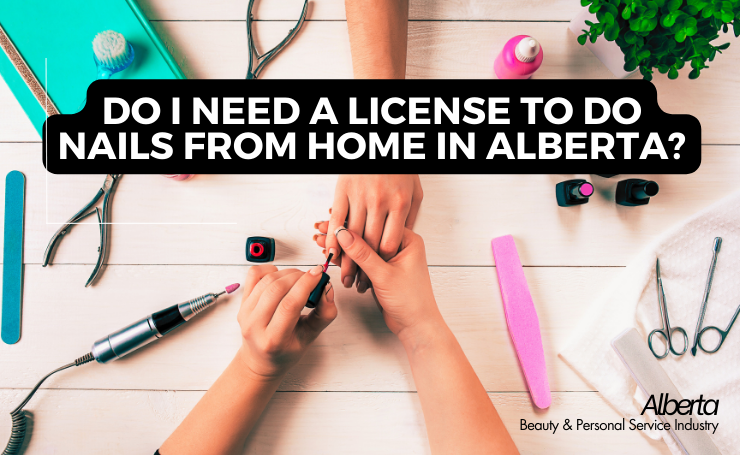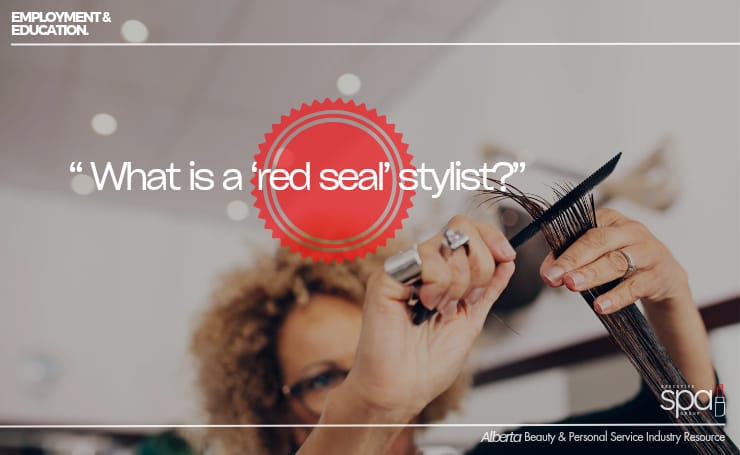canada,cosmetic ingredient hotlist,cosmetic products,retail
Cosmetic Ingredient Hotlist

Has this happened to you?
A prominent spa in Edmonton, Alberta reported an incident involving Environment and Climate Change Canada. According to the spa, they were visited earlier this year by two “Enforcement Officers”. The two officers arrived unannounced and in uniform demanding to do an impromptu inspection of the retail and back bar products being used and sold at the spa. More products were confiscated for “testing” purposes.
What constituted this search?
Months prior, officers from Environment and Climate Change Canada purchased a skincare product online from the spa in question. The product was an exfoliant developed by a manufacturer of a recognized skincare brand often found in medical spas and dermatology clinics throughout Canada.
Unbeknown to the spa, this particular exfoliant violated the Microbeads in Toiletries Regulations put in place in 2018. Plastic microbeads that are greater than or equal to 5mm in size are not permitted in Canada. However, so many years had gone by it did not occur to the spa managers that products available today containing microbleads would still be sold on the market.
“Had we been aware this exfoliant was harming the environment we would have discontinued selling it voluntarily.”
Spa representative
The penalties?
Small revenue corporations can face between a $75,000- $4,000,000 fine for a first offence. According to the spa, no warning or effort to contact them was made prior to the unannounced search.
The lesson?
Be aware of all the ingredients in the skincare/beauty products that you retail. Health Canada has an online resource called the Cosmetic Ingredient Hotlist. This resource mentions all of the ingredients that are either restricted or prohibited for use in cosmetic products.
In conclusion, don’t rely on the manufacturer. Don’t rely on border patrol. Do your due diligence when purchasing your products, otherwise, you’ll be surprised when uniformed officers show up at your door!
EXECUTIVE SPA GROUP
(780)604-2772
info@executivespagroup.com




